The Clint Eastwood Westerns
The Clint Eastwood Westerns
James L. Neibaur
Rowman & Littlefield
Lanham Boulder New York London
Published by Rowman & Littlefield
A wholly owned subsidiary of The Rowman & Littlefield Publishing Group, Inc.
4501 Forbes Boulevard, Suite 200, Lanham, Maryland 20706
www.rowman.com
Unit A, Whitacre Mews, 26-34 Stannary Street, London SE11 4AB
Copyright 2015 by Rowman & Littlefield
All images from the authors collection
All rights reserved. No part of this book may be reproduced in any form or by any electronic or mechanical means, including information storage and retrieval systems, without written permission from the publisher, except by a reviewer who may quote passages in a review.
British Library Cataloguing in Publication Information Available
Library of Congress Cataloging-in-Publication Data
Neibaur, James L., 1958
The Clint Eastwood westerns / James L. Neibaur.
pages cm
Includes bibliographical references and index.
ISBN 978-1-4422-4503-7 (hardback : alk. paper) ISBN 978-1-4422-4504-4 (ebook) 1. Eastwood, Clint, 1930Criticism and interpretation. 2. Western filmsUnited StatesHistory and criticism. 3. Western television programsUnited StatesHistory and criticism. I. Title.
PN2287.E37N45 2015
791.4302'8092dc23 2014037382
 The paper used in this publication meets the minimum requirements of American National Standard for Information SciencesPermanence of Paper for Printed Library Materials, ANSI/NISO Z39.48-1992.
The paper used in this publication meets the minimum requirements of American National Standard for Information SciencesPermanence of Paper for Printed Library Materials, ANSI/NISO Z39.48-1992.
Printed in the United States of America
To my son, Max.
I am so proud of all that you have become.
Contents
Acknowledgments
For proofing, rewrite suggestions, interviews, inspiration, support, and encouragement, I thank Terri Lynch, Katie Carter, Ted Post, Jordan Young, Pamelyn Ferdin, Scott Rivers, Ted Okuda, Scott McGee, Scott Spiegel, Tammy Locke, Billy Curtis, Roger Ebert, Eli Wallach, Patti Miller, and Dave Kehr.
Introduction
Clint Eastwood has now been established as an icon of western cinema, and this is not only due to his keen filmmaking savvy. Along with becoming one of the finest directors of his time, he has also completely redefined the parameters of the western movie hero. Once Eastwoods Man with No Name rode onto the scene in Sergio Leones landmark Italian film A Fistful of Dollars (1964), the idea of western heroism was completely revamped for modern and more progressive audiences. The new hero was darker, more cynical, and more dangerous than his predecessors.
The western genre has always been a quintessential staple of pop cultures history. Pulp western novels were popular centuries ago, usually based on the actual exploits of real-life gunslingers and lawmen. In films, the western genre dates back as early as narrative cinema. Edwin S. Porters landmark one-reel silent The Great Train Robbery (1903) was among the very first films that used editing to tell a story. This story about the robbing of a railroad car, with bandits being pursued on horseback by the law, became so popular, existing reports say, that audiences insisted the ten-minute film be run again and again. Porter used cross-cut editing techniques to enhance the action, with a shot of the pursuing lawmen then cutting to a shot of the fleeing bandits. Over 100 years old, the film remains one of the core examples of the western movie structure.
Throughout the growth and refinement of the filmmaking process, western movies continued to proliferate, experiencing periods where they were produced by the dozens every year. In the silent era, the western hero came in many guises, from the stoicism of William S. Hart, to the daredevil antics of Tom Mix. Westerns soon became the domain of actors like John Wayne and Randolph Scott, who specialized in the genre, as well as actors like James Stewart and Gary Cooper, who appeared in western films on a regular basis. Directors like Howard Hawks, John Ford, Budd Boetticher, Delmer Daves, Burt Kennedy, and Anthony Mann all contributed excellent films to the western genre. Ford, especially, explored deeper themes in such films as She Wore a Yellow Ribbon (1949), The Searchers (1956), and The Man Who Shot Liberty Valance (1962), all of which featured John Wayne. Wayne also starred in Howard Hawkss top westerns Red River (1948) and Rio Bravo (1959), making him the quintessential star of the genre, and the only one other than Clint Eastwood to reach true iconic status.
Saturday matinees from the 1920s through the 1940s were filled with the B-level antics of cowboy favorites like Roy Rogers, Gene Autry, and William Hopalong Cassidy Boyd. In the 1950s, westerns enjoyed massive popularity on television, which offered everything from the action of The Cisco Kid and The Lone Ranger to the more serious, adult-oriented Gunsmoke , Wagon Train , and Bonanza. As the 1950s ended, television was featuring more serious westerns along the lines of films like John Fords Wagon Master (1950) and Fred Zinnemanns High Noon (1952); these westerns concentrated on stories and characters. Gunsmoke is probably the best example; the immensely popular television western lasted twenty years on television after having been on radio from 1952 to 1961.
Rawhide , a TV series depicting the trials and tribulations of a cattle drive, premiered in January 1959. It starred Eric Fleming and Clint Eastwood, who were, at the time, actors of little note. Eastwood had been a contract player at Universal Studios and had made a few films for RKO, but he had not yet made much of an impact. This series, on which he played Rowdy Yates, was very popular and made Clint Eastwoods name well known. As an actor, however, Eastwood did not like being locked into a TV series and limited to playing one character, so he looked into the possibility of directing some episodes. The producers didnt want to take a chance on him directing, so they allowed him the freedom to make guest appearances on other shows, and to also appear in movies if they were shot during Rawhide s summer hiatus.
Italian filmmaker Sergio Leone was a passionate fan of the American western film, but his vision was much different. His vision was to extend beyond the conventional code of the west that appeared in western movies and TV shows and make films where that code was completely jettisoned. His western hero was not above shooting an adversary in the back, or seeking vengeance with no regard to the law. Leone wanted a film that was graphically violent and filled with action, but also brilliantly acted with a sound narrative structure. When he saw Clint Eastwood in an episode of the American television show Rawhide , he cast the actor as the central figure in A Fistful of Dollars (1964).
Clint Eastwood made three films for Leone (casually known as the Dollars trilogy), and his career became more established. Continuing to explore western cinema, as well as other genres, Eastwood had risen from a bit player, to a supporting TV star, to one of the most gifted actors and filmmakers in American cinema, finally reaching iconic status.
While this book concentrates on analyzing the western films that Eastwood made for Leone, Don Siegel, and with himself as director, there are bracketing chapters that discuss his non-westerns like Play Misty for Me (1971), Dirty Harry (1971), Escape from Alcatraz (1979), and other important movies that helped inform his consistent work in the western genre. Each western film will be carefully assessed as to its importance to the genre, to cinema, and to Eastwoods own career.
And while most studies believe that Clint Eastwood made only ten western films, this book extends to include Coogans Bluff (1968), The Beguiled (1971), Paint Your Wagon (1969), and Bronco Billy (1980), all of which are uncharacteristic westerns, either for being a musical, set in modern times, or set in the south, for example. Eastwood investigated aspects of the western format in each of these films, and while they may not be traditionally placed in the western genre, there are elements of the western within their context to include them here.
Next page


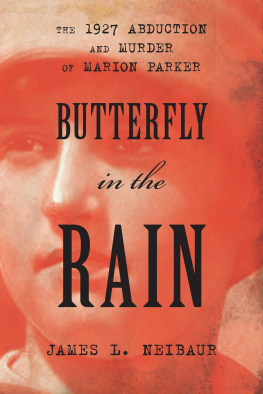


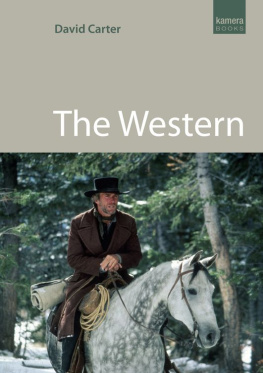
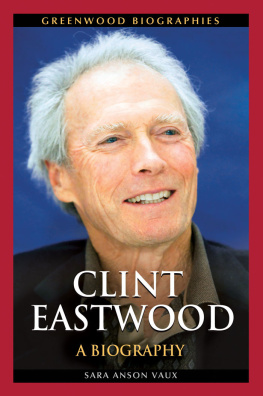
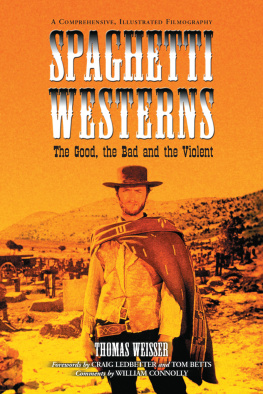

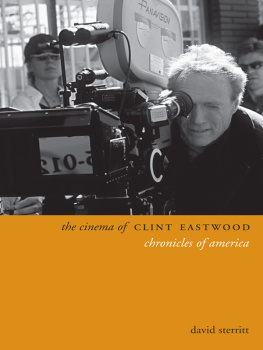

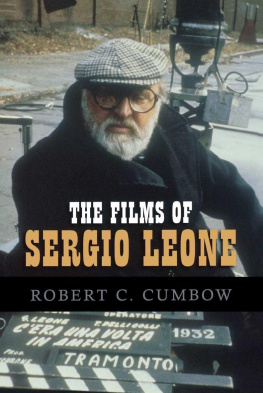
 The paper used in this publication meets the minimum requirements of American National Standard for Information SciencesPermanence of Paper for Printed Library Materials, ANSI/NISO Z39.48-1992.
The paper used in this publication meets the minimum requirements of American National Standard for Information SciencesPermanence of Paper for Printed Library Materials, ANSI/NISO Z39.48-1992.